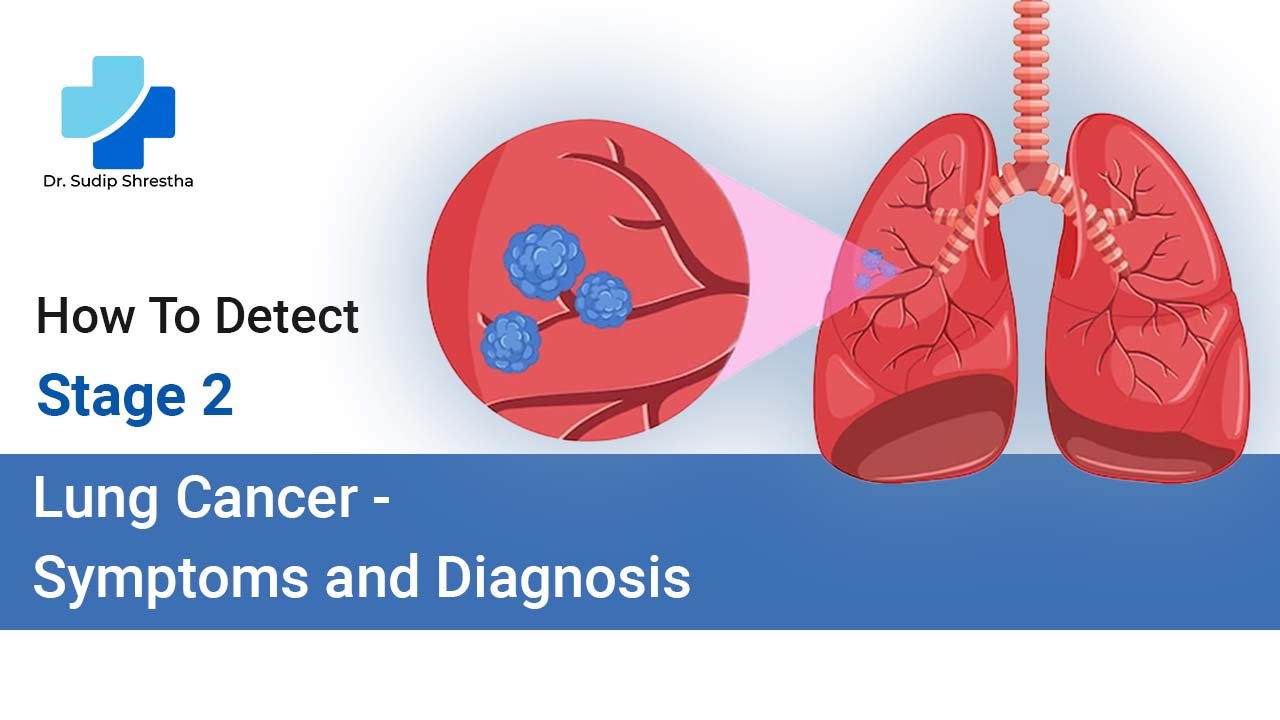Introduction:
Welcome back, vigilant readers, to our ongoing journey in unraveling the mysteries of lung cancer detection. In our previous article, we delved into the crucial aspects of how to detect stage 1 lung cancer, equipping you with the knowledge to catch this insidious disease in its early phases. Now, let’s turn our focus to the next stage in the battle: Stage 2 lung cancer.
Understanding Stage 2 Lung Cancer Symptoms:
- Persistent Symptoms: Symptoms from earlier stages might persist and intensify. This includes a chronic cough, chest pain, wheezing, and shortness of breath. Pay attention to changes in their frequency or severity.
- Additional Symptoms: New symptoms might emerge, such as coughing up blood (hemoptysis), unexplained weight loss, fatigue, or recurrent respiratory infections.
Diagnostic Tests for Stage 2 Lung Cancer:
- Imaging Tests: CT scans are commonly used to detect and characterize lung nodules or masses. PET scans help determine if cancer has spread beyond the lungs.
- Biopsy: A biopsy is often necessary for a definitive diagnosis. It involves obtaining a tissue sample from the lung for analysis, usually through a bronchoscopy, needle biopsy, or surgical procedure.
The Role of Staging in Diagnosis:
- TNM Staging System: This system categorizes cancer based on tumor size (T), lymph node involvement (N), and metastasis (M). Stage 2 lung cancer is typically characterized by a larger tumor size and potential spread to nearby lymph nodes.
- Determining Stage Progression: Staging helps oncologists understand the extent of cancer’s reach and aids in devising appropriate treatment plans.
Risk Factors and Screening for Early Detection:
- High-Risk Groups: Individuals with a history of smoking, exposure to secondhand smoke, occupational hazards (like asbestos or radon exposure), or a family history of lung cancer should undergo regular screenings.
- Low-Dose CT Scans: Annual screenings with low-dose CT scans are recommended for high-risk individuals, enabling early detection when cancer is more treatable.
Treatment Options for Stage 2 Lung Cancer:
- Surgery: For operable cases, surgical removal of the tumor and affected lymph nodes may be recommended.
- Chemotherapy and Radiation Therapy: Often used before or after surgery, these treatments can shrink tumors or destroy remaining cancer cells.
- Targeted Therapies and Immunotherapy: These newer treatments focus on specific genetic mutations or boosting the immune system to fight cancer.
The Importance of Timely Intervention:
- Early detection at stage 2 offers a more favorable prognosis compared to advanced stages.
- Prompt consultation with healthcare professionals upon noticing symptoms or as part of routine screenings is crucial.
Empowerment Through Awareness:
- Spread awareness about the importance of early detection, smoking cessation, and healthy lifestyles within your community.
- Encourage regular health check-ups and screenings for those at risk.
Conclusion:
Detecting stage 2 lung cancer involves recognizing subtle symptoms, undergoing appropriate screenings, and collaborating closely with healthcare providers. Your proactive approach can make a significant difference in tackling this disease.
Remember, knowledge is your strongest weapon in the battle against lung cancer. Stay informed, stay vigilant, and prioritize your health.
This content aims to provide a comprehensive overview of detecting stage 2 lung cancer, covering symptoms, diagnostic procedures, treatments, and the significance of early intervention.



